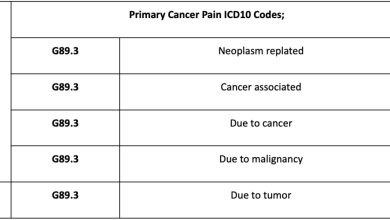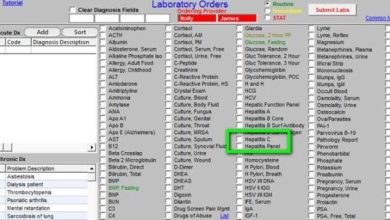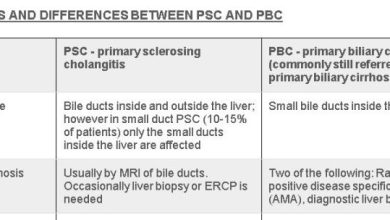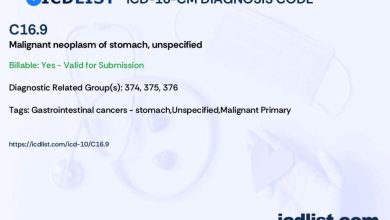Implications Of Lewy Body Dementia: Understanding The ICD-10 Code
What is Dementia with Lewy Bodies ICD-10?
Dementia with Lewy Bodies (DLB) is a type of progressive dementia that involves a buildup of abnormal protein deposits in the brain called Lewy bodies. It is one of the most common causes of dementia, along with Alzheimer’s disease and vascular dementia. DLB is characterized by cognitive decline, visual hallucinations, and motor symptoms similar to Parkinson’s disease.
ICD-10 Code Information

The ICD-10 code for Dementia with Lewy Bodies is G31.83. This code is used to classify and code diagnoses related to DLB in medical records and billing forms.
Diagnostic Related Groups (MS-DRG)

DLB falls under MS-DRG 056, which includes cases of non-traumatic stupor and coma. This DRG is used to group together patients with similar diagnoses for the purpose of reimbursement and statistical analysis.
Convert to ICD-9 Code

In the ICD-9 coding system, Dementia with Lewy Bodies is classified under code 331.82. Healthcare providers used this code before the transition to ICD-10 for billing and diagnostic purposes.
Code History
The ICD-10 code G31.83 for Dementia with Lewy Bodies was introduced in 2016 to provide a more specific classification for this type of dementia. This code helps healthcare providers accurately document and track cases of DLB.
Approximate Synonyms
Other names and synonyms for Dementia with Lewy Bodies include Lewy Body Dementia, Diffuse Lewy Body Disease, and Lewy Body Variant of Alzheimer’s Disease. These terms are used interchangeably to describe the same condition.
Clinical Information
DLB is a complex neurodegenerative disorder that affects multiple areas of the brain, leading to a wide range of symptoms. In addition to cognitive decline and visual hallucinations, patients with DLB may also experience fluctuations in alertness, REM sleep behavior disorder, and sensitivity to neuroleptic medications.
Causes of Dementia with Lewy Bodies
The exact cause of DLB is unknown, but researchers believe that a combination of genetic, environmental, and lifestyle factors may contribute to the development of this condition. Some studies suggest that abnormalities in the brain’s alpha-synuclein protein may play a role in the formation of Lewy bodies.
Symptoms of Dementia with Lewy Bodies
Common symptoms of DLB include memory loss, confusion, difficulty with movement, visual hallucinations, sleep disturbances, and changes in mood and behavior. These symptoms may fluctuate and worsen over time, leading to significant impairment in daily functioning.
Diagnosis of Dementia with Lewy Bodies
Diagnosing DLB can be challenging because the symptoms overlap with other types of dementia, such as Alzheimer’s disease and Parkinson’s disease. Healthcare providers use a combination of medical history, physical examination, cognitive tests, and imaging studies to make a definitive diagnosis of DLB.
Treatment for Dementia with Lewy Bodies
There is currently no cure for DLB, but treatment focuses on managing symptoms and improving quality of life. Medications such as cholinesterase inhibitors and memantine may help improve cognitive function and reduce behavioral symptoms. Non-pharmacological interventions, such as physical therapy and occupational therapy, can also be beneficial in managing motor symptoms and promoting independence.
Conclusion
Dementia with Lewy Bodies is a progressive neurodegenerative disorder that involves the accumulation of abnormal protein deposits in the brain. It is characterized by cognitive decline, visual hallucinations, and motor symptoms similar to Parkinson’s disease. Early diagnosis and appropriate management are essential in improving outcomes for patients with DLB.
FAQs
1. Can Dementia with Lewy Bodies be inherited?
While DLB is not directly inherited, a family history of dementia may increase the risk of developing this condition.
2. Is there a genetic test for Dementia with Lewy Bodies?
Genetic testing is not routinely used to diagnose DLB, as the genetic factors contributing to this condition are still not fully understood.
3. What is the prognosis for Dementia with Lewy Bodies?
The prognosis for DLB varies depending on the individual and the progression of symptoms.









